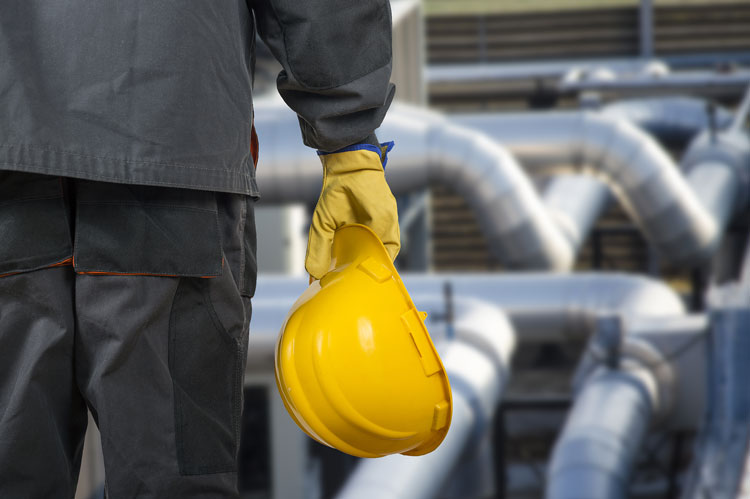 When it comes to roof supports not all systems are made equal. The different types of materials used to create rooftop support system bases all have their pros and cons. But not all rooftop supports meet the necessary requirements and standards, jeopardizing the roof warranty and the system performance. The heart of any rooftop support system is the base.
When it comes to roof supports not all systems are made equal. The different types of materials used to create rooftop support system bases all have their pros and cons. But not all rooftop supports meet the necessary requirements and standards, jeopardizing the roof warranty and the system performance. The heart of any rooftop support system is the base.
The base must be capable of supporting the weight of the pipe, duct, and equipment on the roof. The best bases consist of high-density polypropylene with UV protection that will not deteriorate, crack, or decompose over time. Polyethylene is abrasion and scratch-resistant and will not chip or peel. It can also be molded easily, making it customizable and eliminating the need for multiple pieces and adhesives. Despite this knowledge, there are still people out there using the wrong bases! Many of which can jeopardize your roof supports
Don’t be the one to make this mistake. Here is a list of commonly used (but poorly constructed!) bases and their pros and cons:
1. Plastic
Plastic support bases are lightweight and less expensive, making them an attractive option. However, they do not provide heavy-duty support and cannot properly manage and distribute the dead weight. Plastic deteriorates rapidly for a variety of reasons including heat, moisture, sunlight, and physical stresses. Plastic support bases will self-destruct resulting in distortion, crazing, and cracking. This will result in possible penetration to the roof membrane resulting in the roof leaking.
2. Rubber
Rubber bases are usually used for flat roofs in the commercial market. They are a cheap alternative to other materials, having a short life span. Rubber bases also have a tendency to ripple, causing drainage and leak problems. Unlike polypropylene, rubber bases require adhesive, which, if applied incorrectly, can cause air bubbles, damaging the roofing and roof supports.
3. Wood
Moisture is wood’s biggest enemy. Wood’s tendency to expand and contract means moisture can warp the wood’s structure and also cause the wood to rot. Wood is also susceptible to pests like termites and carpenter ants and other animals that make nests in weak wood. However, weather’s toll on wood depends on the climate it is in. Not to mention, wood is highly flammable and not always rated to fire safety codes. Wooden supports, though cheaper, are a sorry excuse for a pipe support and are a sign of a poor job.
4. Composite
Composite roof bases provide versatility and are sometimes made of recycled materials, making them attractive roof supports to the eco-friendly buyer. They are also usually easy to install. However, composite materials are more easily damaged by UV’s and high temperatures, making them much more vulnerable with a short term life span. This causes you to have to replace them more often, leading to a higher long term cost of investment.
Using subpar building materials means your structure is more likely to fail during a bad storm. This includes literally flying off the building or breaking, leaving your pipes without any kind of support. When this happens, the roof becomes damaged and the owner incurs a high repair bill.
In the end, it isn’t any cheaper to skimp on materials cost. High-density polypropylene bases with UV protection deliver customization options and sustainability against even the most intense environmental conditions. Rooftop supports can be installed on any type of roof from flat to sloped, without penetrating the rooftop surface, with the right bases!





